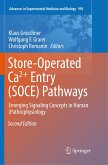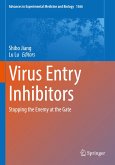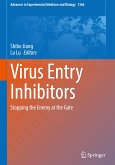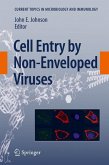Human rhinoviruses (HRVs), the major cause of the common cold, are classified into two groups on the basis of receptor specificity. Minor group HRVs use members of the low-density lipoprotein receptor (LDLR) super-family while major group types bind to intercellular adhesion molecule-1 (ICAM-1). Here we provide evidence that there is a increasing trend for the involvement of heparan sulfate (HS) proteoglycans as an alternate receptor. Concerning virus entry, where minor group HRVs depend on clathrin-mediated endocytosis, the pathway of major group HRVs and that of HS-binding viruses is largely unknown. Combining immunofluorescence technique with electron microscopy, dominant negative mutants and pharmacological inhibitor assays, we demonstrate that the major group virus (HRV14) enters via dynamin- independent macropinocytosis into RD-ICAM cells whereas virus entry into RD cells via HS exhibits similar characteristics with respect to co- localization with endocytic markers and pharmacological inhibitor profiles. However, this virus entry is dependent on functional dynamin and viruses accumulate in comparatively larger vesicular structures.








